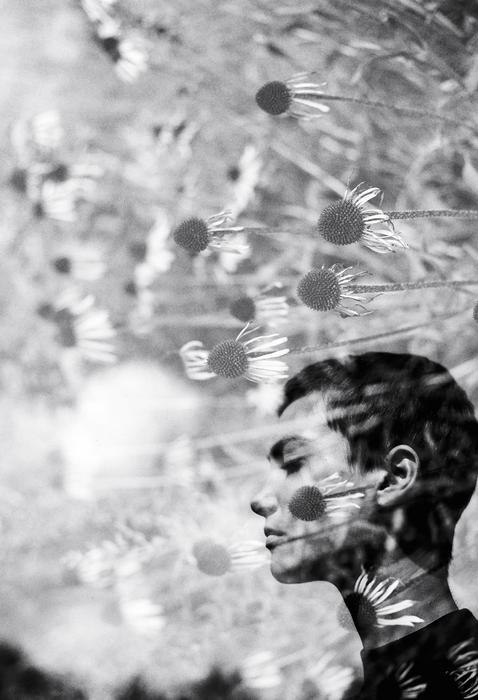The New Breathing Trend That Helps You Focus And Stay Calm
“I predict that in a couple of years, there will be breathwork classes being offered in many gyms and studios around the world. Looking at the way people breathe will be a primary focus in the mental health industry as it has such a huge impact on how we think, feel and act.”
These are the words of Richie Bostock, one of the leading breathwork specialists in the UK. Also known as ‘The Breath Guy’, Bostock has even been endorsed by Will Smith who says: “If you want to know about breathing, ask this guy.”
So what is breathwork? According to Bostock, it’s the science and art of becoming aware of your breathing and using it for a physical, mental or emotional benefit.
But, it’s more than simply breathing. When done right, and with a teacher, it can be really powerful - cathartic, trippy and freeing all at the same time. Some refer to it as ‘dynamic meditation’ and quite honestly, it feels like being high – except all you’re doing is using your breath.
In New York, there are breathwork studios popping up across Manhattan and Brooklyn. In London, Bostock runs classes, and there are breathwork communities such as Open Up located in Amsterdam and London. The Breathing Room offers classes, retreats around the UK and one-to-one sessions, but breathwork is becoming so popular, they also run the School Breathe programme for teachers and children to practise in the classroom.
For a lot of people, the catharsis of breathwork comes about because it can release a lot of pain and trauma. You might hear people having a good old cry in a group session, and it’s nothing to be alarmed about.
“It’s not easy work—it can be intense and bring up pain—but on the other side of the emotional clearing it’s beautiful,” said Erin Telford, an NYC-based breathwork healer, in an article for Culture Trip. “Warmth, love, forgiveness and gratitude. Nobody wants to face the monster, you know? People don’t want to look at the why, but if you do, it’s way less frightening than it seems.”
Bostock got introduced to breathwork after his father was diagnosed with Multiple Sclerosis.
“Because there was no set treatment plan for MS, I was always on the lookout for different lifestyle changes and alternative treatments which could be useful for him,” he says.
“Eventually I came across a podcast by a man called Wim Hof, a Dutch man often referred to as ‘The Iceman’. He talked about a method he developed through his own experiences which is fantastic for everyone’s physical and mental health. What caught my attention was that the method he mentioned seemed to be really effective in helping people with autoimmune diseases, including MS.”
Hof is an extreme athlete known for Guinness World records in swimming and prolonged contact with ice. He once – no joke – ran a half marathon barefoot, wearing only shorts, in the Arctic Circle.
His methods have three pillars which include cold therapy (submerging in ice), breathing and meditation. Hof says his methods increase focus, reduce stress, give you better sleep and, if you do sports, improves your performance.
After learning Wim’s techniques, Bostock taught his father, which had some pretty spectacular results. “Fast forward a few years and my dad’s MS has not progressed at all. After this I was obsessed with finding out what else people were doing using the breath.”
The easiest way to find out more is to book a spot at a group session. Some have a different purpose, for instance, there is breathwork that can help with anxiety, while others help inject a bit of energy if you’re feeling sluggish. If you’re about to get into a challenging meeting, let’s say, at work, there’s a technique called box breathing which helps to calm you down.
One of the most fun ways to experience it is part of a workshop. Ministry of Sound in London, which has pivoted to include health and fitness, have an incredible experience that includes what they describe as ‘psychoacoustic’ landscapes to unlock the breath.
Bostock believes that we’re barely scratching the surface when it comes to breathwork. The brilliance of it is that you can scale it up or down depending on how much time you have, and what you want the outcome to be. You can try two-minute techniques or go into a longer meditative flow state.
“Breathwork is the quickest way to change your state of being,” he says. “To go from stressed to relax, from anxious and nervous to feeling in control, to go from feeling depressed to blissfully happy for no reason at all. If we can change our state to something that is constructive and resourceful, then it’s easy change our thoughts and behaviours which will lead to a better experience of life.”
We’ll breathe to that.
Main image credit: Motoki Tonn on Unsplash

